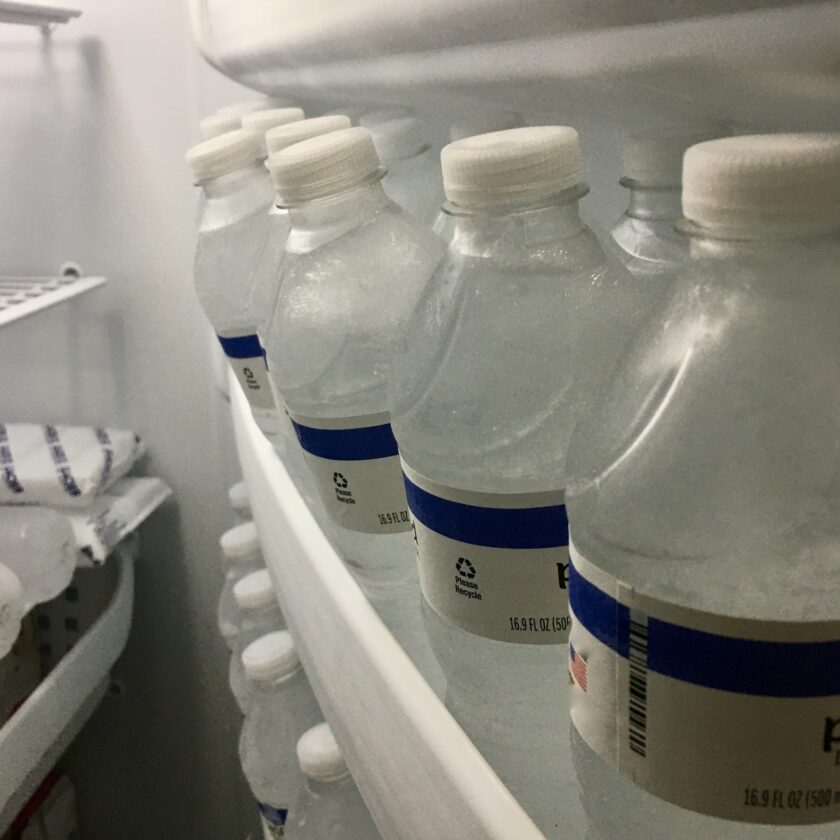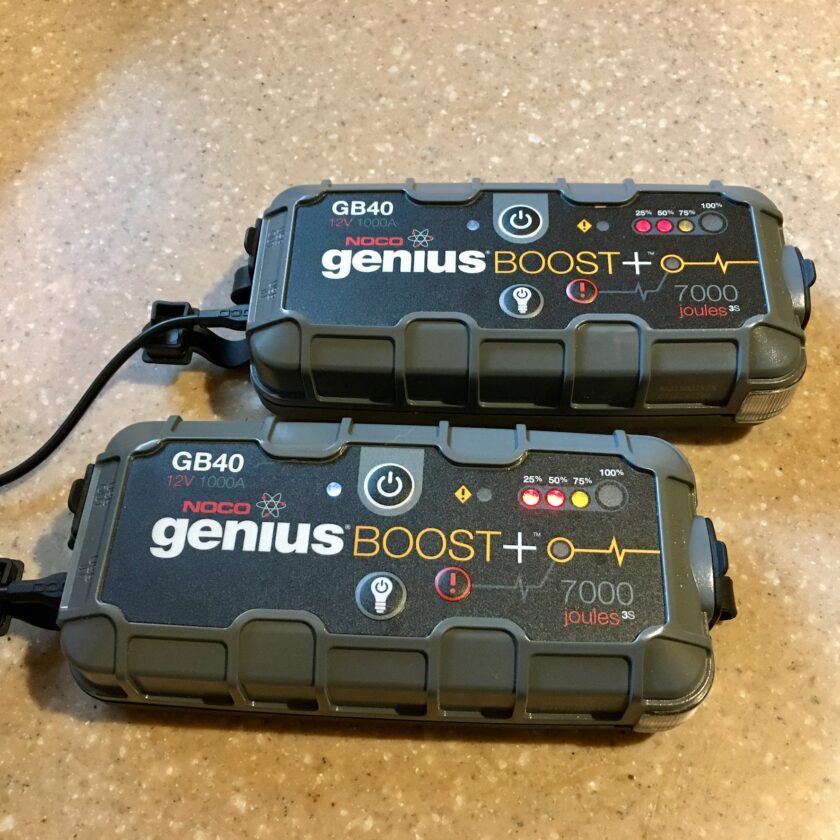It’s a little late in the day to begin preparing for COVID-19/coronovirus. The physical, financial, mental, and emotional preparedness for this should have begun years and months ago. There are some things you can be doing right now to keep a bad situation from getting even worse.
This article contains affiliate links.
We have no clue what might happen or how long the current unpleasantness might last. No one does. And just to be clear, regardless of how you feel about the world’s reaction to the virus, the second- and third-order effects are undeniable and unavoidable.
It’s also important to remember that other disasters aren’t on pause just because coronavirus is on. All the bad things that can happen – earthquakes, tornadoes, etc. – can still happen. These can impact utilities, the availability of petroleum resources, and further impact the availability of food. I’m not saying any of these things will happen, but the improbable does occasionally occur, as we’re learning now.
In light of this, we’ve implemented some “austerity measures” around the homestead. Much of this is bracing for the impact of loss of power. While we don’t anticipate losing power, we don’t rule it out and don’t want to be caught off-guard.
Freezing Water
We have the luxury of having a large, stand-up freezer in an unheated area of our home. We have a decent reserve of frozen meat and veg. One concern is that the availability of this stuff is hugely dependent on the availability of electricity. If the power were to be lost, we would have to eat a shitload of meat all at once, or risk losing it.
To prolong the usefulness of the freezer in the event of a power outage, we’ve been creating a “cold bank.” We started this a long time ago, but you can start employing these principles now pretty easily. First, we filled the entire door of the freezer with 16-ounce water bottles (caution: do not put all this weight in the door if you don’t have sufficient counterweight in the freezer!). Not only does this give us almost 12.5 gallons of water on hand, it provides a huge amount of ice should the power go out.

I recently decided to supplement this with any additional ice I could come up with. As we have emptied milk cartons, I’ve washed them out and filled them with water. This should help turn my freezer into a very large cooler if we lose power. Again, this applies even if you don’t have a secondary freezer. Begin filling containers with water and filling empty space in your regular freezer. When you get more food and need that space you can take the water out, but you can’t make ice after the power is out.
If you have a stand-up freezer, I recommend moving all your meat to the very bottom. Heat rises, so the coolest portion of the freezer, for the longest time, will be at the bottom. I spent a good hour shifting everything possible to lower shelves. Even if you have a generator (I don’t) this isn’t a bad idea because it will reduce your fuel demands.
Hardcore Use of Leftovers
We don’t waste a lot of food under normal conditions. While we aren’t consciously rationing food, we have gotten a bit more militant about food waste recently, though. There are several strategies you can use here.
First and most obviously, if you can eat it, eat it! Our left-over stir-fry meat? We made bahn mi sandwiches. Those last two buns in the package? Throw those in the freezer for the next time we make salmon cakes. That tuna from lunch on Saturday? Well, I guess we’re having tuna sandwiches. That bell pepper that’s getting a little soft? Let’s figure something out because we damn sure aren’t throwing it away.
If you have vegetables that are on the verge of going bad you can, in most cases, pickle them. Yesterday we discovered we had a forgotten bag of shredded broccoli stems, and a quarter of a bag of matchstick carrots. Both were getting very dry and under normal operations we probably would have turned them into compost. So, we mixed a half-cup of rice vinegar, half cup of water, and a little sugar and salt and pickled them. They should last quite a bit longer and be a bit more interesting now. You can use just about any type of vinegar you have available.

If we can’t eat it, refreeze it, pickle it, or otherwise save it, we are probably going to feed it to the dogs (as long as it isn’t toxic to them). At this point anything we can do to stretch dog food a little further is a good thing, too.
If we can’t eat it, preserve it, or feed it to the dogs. . . well, at that point it’s getting trashed. Some stuff, like cooked bone, goes into the trash. Plant matter (bell pepper innards, orange peels, etc.) goes into the compost pile (the preferred option for anything we or the dogs can’t eat), which adds to our systems of resilience and future food security.
Battery Management
At my house we have moved into an era of strict battery management. Everything that is non-essential/non-safety-related and battery powered is no longer in operation. If you have cameras, Bluetooth door locks, battery-powered candles, etc. I recommend taking the batteries out and saving them (the mechanical portion of your locks will still function). Don’t rob your smoke detectors, but you can and should rob just about everything else.
Second, everything that we can charge is getting charged. We are trying to keep our cell phones from getting super low. Our battery banks are charged up. All my rechargeable AA batteries are fully charged. Even our Bluetooth speaker is topped up. If it stores electricity, charge it now! We have a solar AA charger, but that’s is our only source of electricity without the grid.

Third, I have replaced all the batteries in mission-essential gear with brand new ones. My gun sights and lights and handheld lights are all topped up with brand-new batteries. The old ones didn’t get tossed – they’re saved, but I want new stuff up first.
Bugout Gear
Right now I am – and everyone else is – very focused on bugging in. Like I said earlier, other disasters are not off the table. Wildfires, floods, manmade disasters and plenty of other options exist. The need to bugout is still realistic, and the desirability of being disarmed and moving into a government shelter has never been less attractive. Now is a great time to think about your bugout plan and refine your bugout gear if you haven’t already.
Parting Shot
There’s nothing groundbreaking in this article. I do, however hope that it spurs you into action. Start thinking about your systems of resiliency and how you can improve them.
If you’ve got ideas that I’ve missed (you almost certainly do), send them in. If there are enough good ideas I’ll compile them into a follow-up article so others can benefit from them.





